
Information and technology surrounding coral reefs is constantly changing, giving scientists and aquaculturists a chance to do their part in protecting and cultivating coral reefs. Thanks to these growing efforts, coral reefs are becoming much easier to access at home! Hundreds of varieties are able to be kept in aquaculture tanks, both furthering the hobby of coral reef culturing and giving reefs a new medium in which to thrive.
It’s important to understand the anatomy and physiology of coral reefs to fully understand their importance and how we can use aquaculturing to protect them. It’s very easy to think of corals as plants, considering they are predominantly stagnant and look similar to a lot of sea plants.
However, they are animals! Corals are actually large colonies of individual organisms called polyps that are connected by a central membrane. Every polyp has its own digestive and vascular system. They have a mutualistic relationship with algae that lives in their digestive tract: they produce food via photosynthesis and transfer nutrients to the polyp.
This symbiotic relationship helps polyps thrive in conjunction with other organisms, as they are able to produce their own food and do not rely on sunshine or heterotrophism. Therefore, they can survive in large groups with other organisms, providing shelter and creating the modern day coral reef!
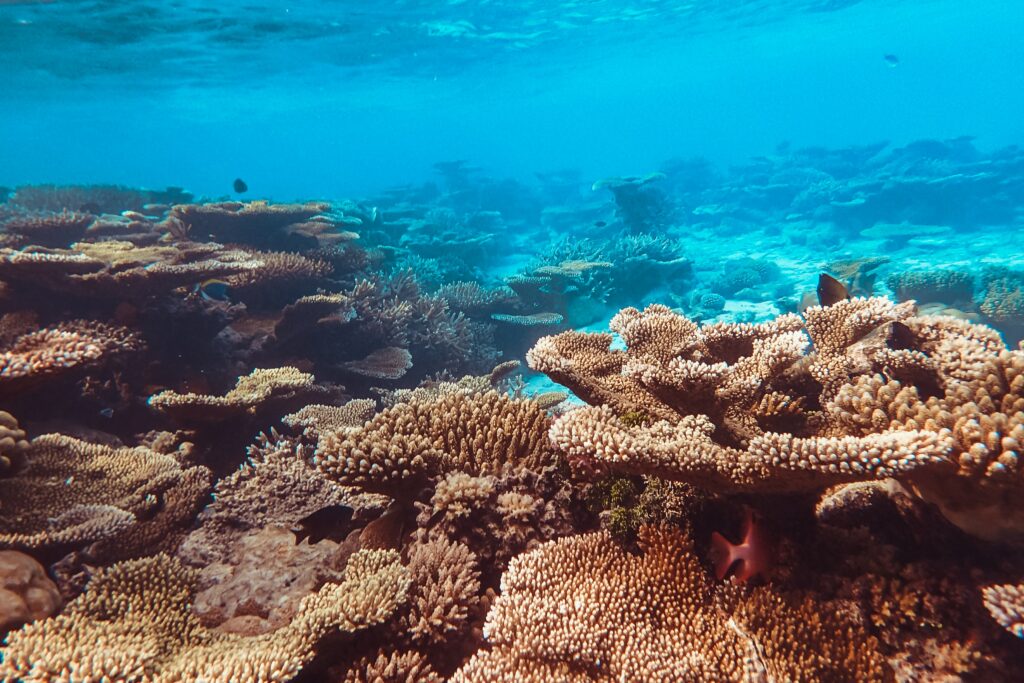
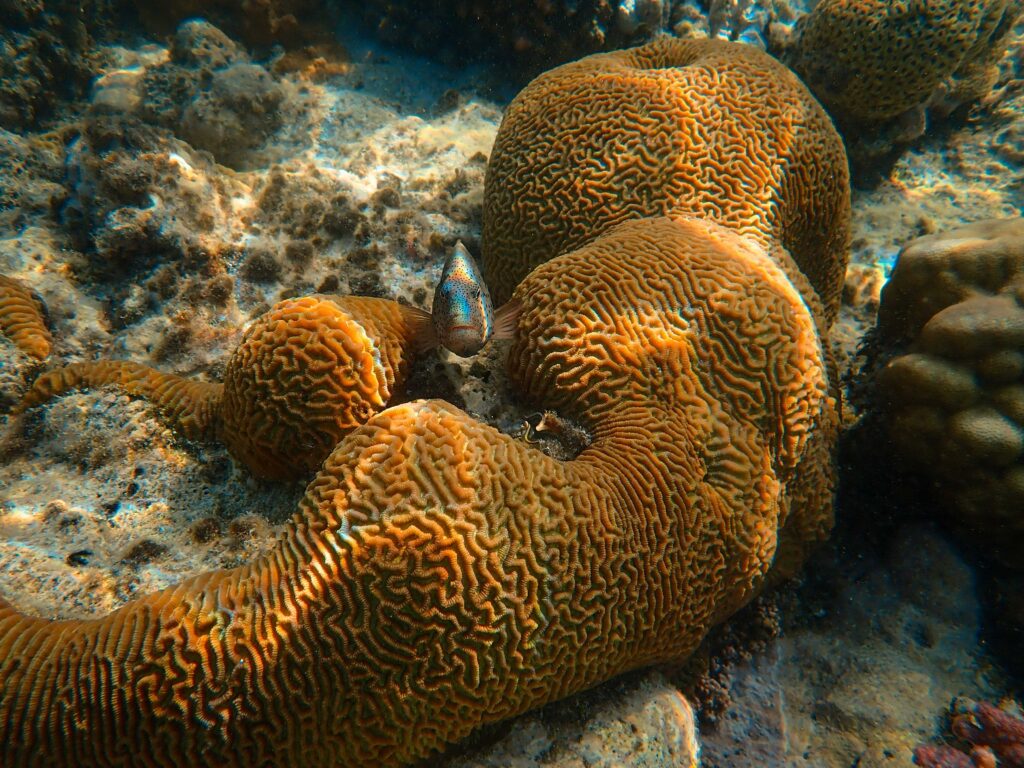
Coral cultivation is an important process for coral preservation. Since colonies are composed of several thousand polyps that are all self-sufficient, polyps can live on their own and reproduce independently of the colony. This means that corals can be propagated and removed from their original colonies to create new colonies! This is called coral fragging, and it’s how scientists and hobbyists can create man made colonies from small portions of existing coral colonies. It’s a great way to actively combat coral bleaching and coral destruction as well as promote the hobby to new aquarium owners.
Corals can be cultured in two major ways: aquaculture and mariculture.
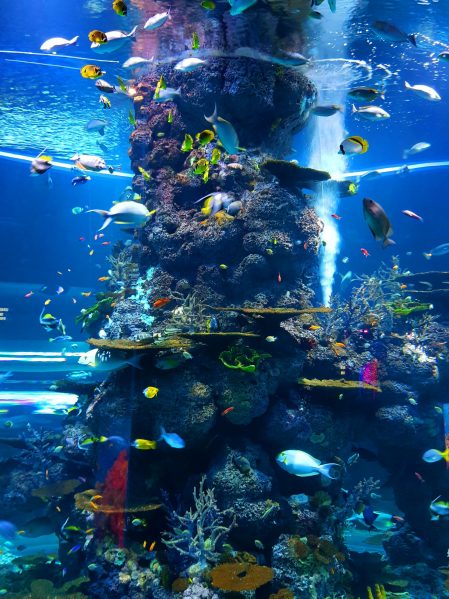
Aquaculture corals are raised in tanks and are usually used for aesthetic or hobby purposes. In aquaculture, aquarists can use fragging to create new color combinations or create custom reef sizes for budding and experienced hobbyists alike. It’s a great way to get more people involved in coral cultivation as a hobby and promotes the in-home preservation of corals.
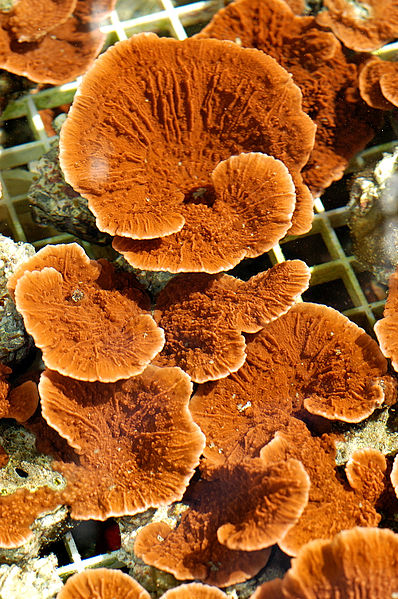
Mariculture uses fragging to achieve a larger goal. Corals help fish thrive and promote biodiversity, so they are a heavily important aspect of marine life. However, rising sea temperatures and acidification of the oceans has caused an uptick in coral bleaching, an effect in which polyps abandon their membranes because they are unable to survive the acidic conditions. This lowers biodiversity and serves as a lose-lose situation for marine life: not only do the polyps die but the fish who used the coral as habitat end up homeless. Mariculture looks to combat this by creating large-scale artificial reefs and colonies with coral fragging. Maricultured corals are usually heavily protected to ensure that they are not bleached or ruined by boats or divers.
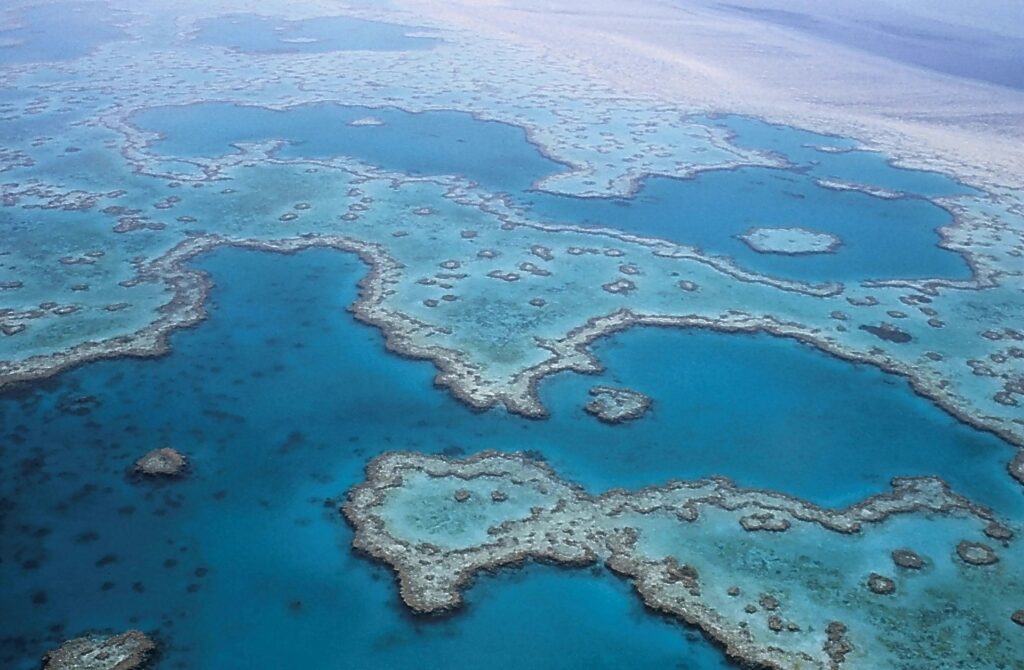
The Great Barrier Reef is not just an aesthetic experience for tourists on the coast of Australia! The GBR generates over 6 billion dollars of revenue annually in local economies since it promotes fishing and tourism. It’s one of the world’s largest natural wonders and is a sight to behold, even from space!

The Coral Triangle is one of the most biodiverse areas in the world! It is composed of the waters bound within the North Philippines, the Eastern portion of the Solomon Islands, and the Western portion of Malaysia. It boasts over 600 types of corals and is a massive economic booster for the greater Indian Ocean region.
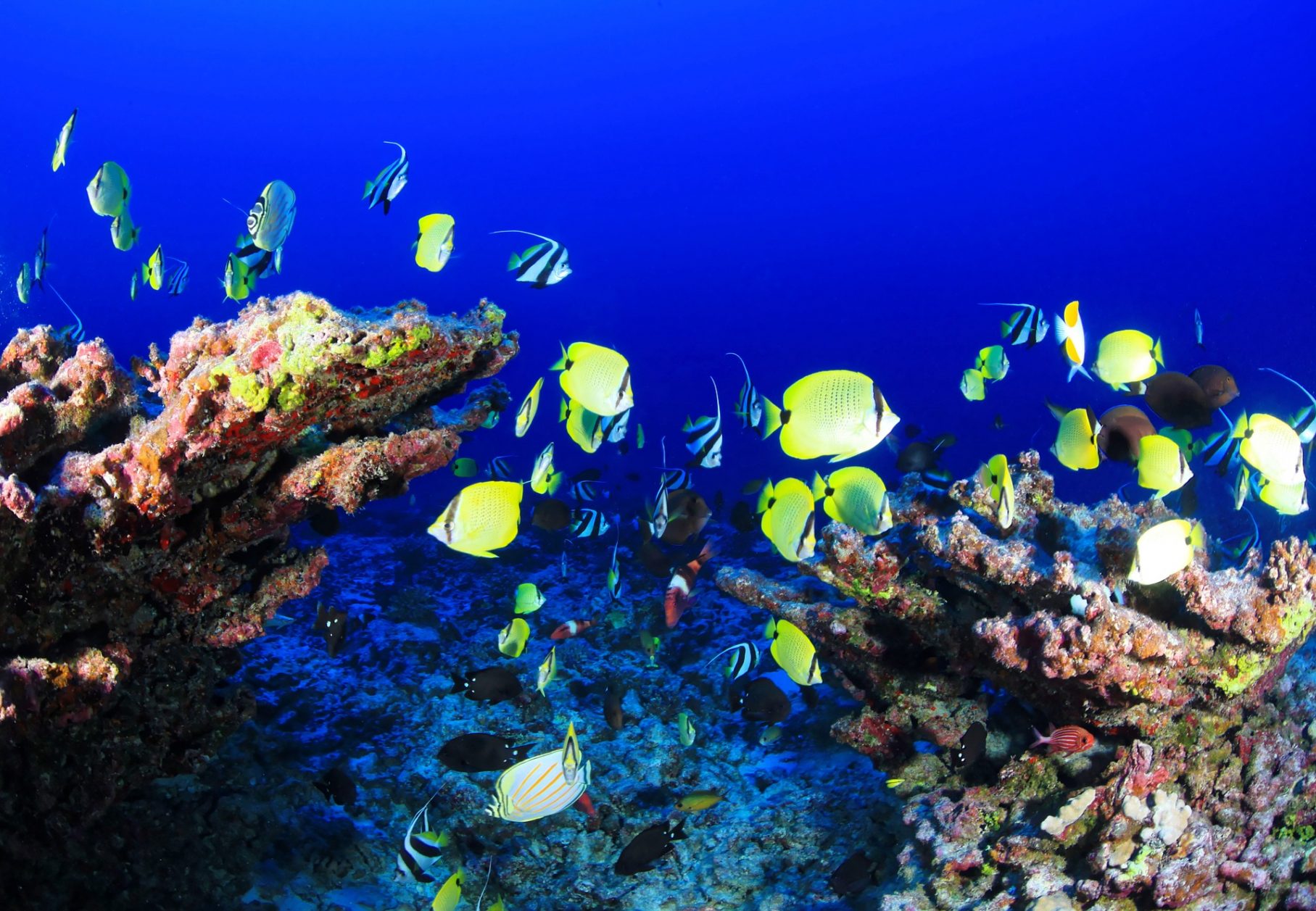
Coral reefs are important for us too! The Caribbean Sea is home to about 1/7th of the world’s coral reef population. It provides an economic boost for countries around Florida and even to the Keys and Southern parts of Florida.
Sun: 12pm – 5pm
Mon: Closed
Tue – Fri: 12pm – 7pm
Sat: 12pm – 7pm
352-629-1011
Email:info@ardocala.com